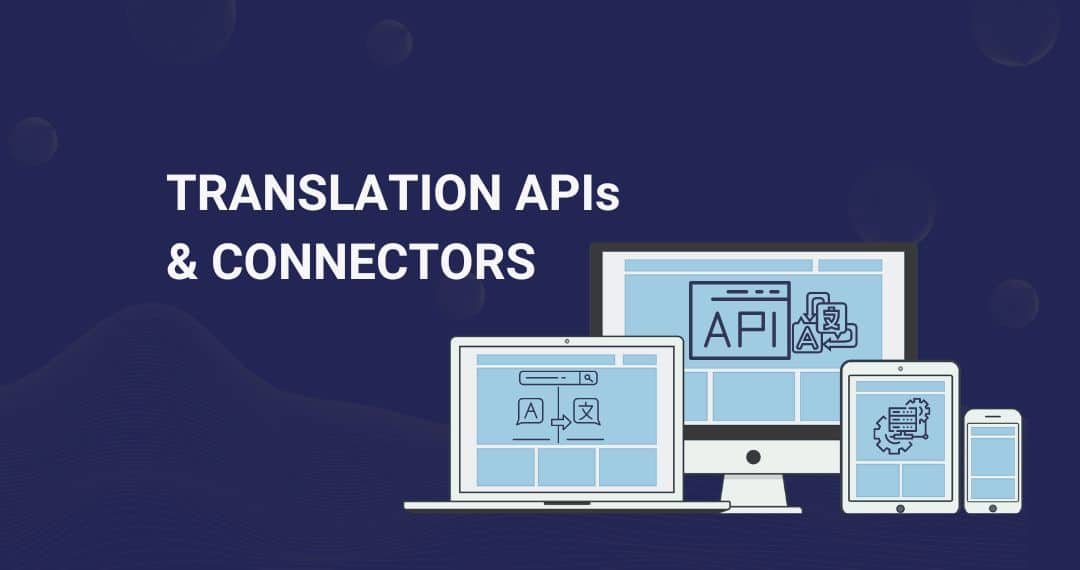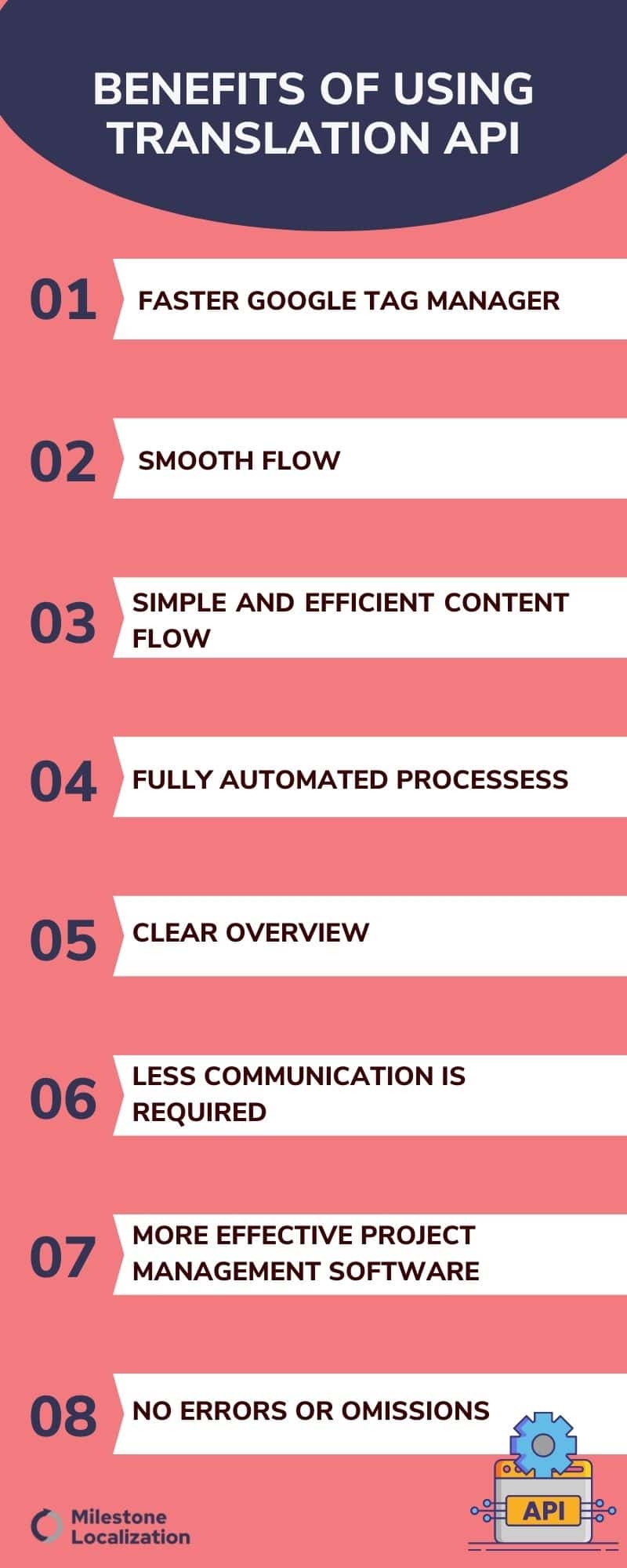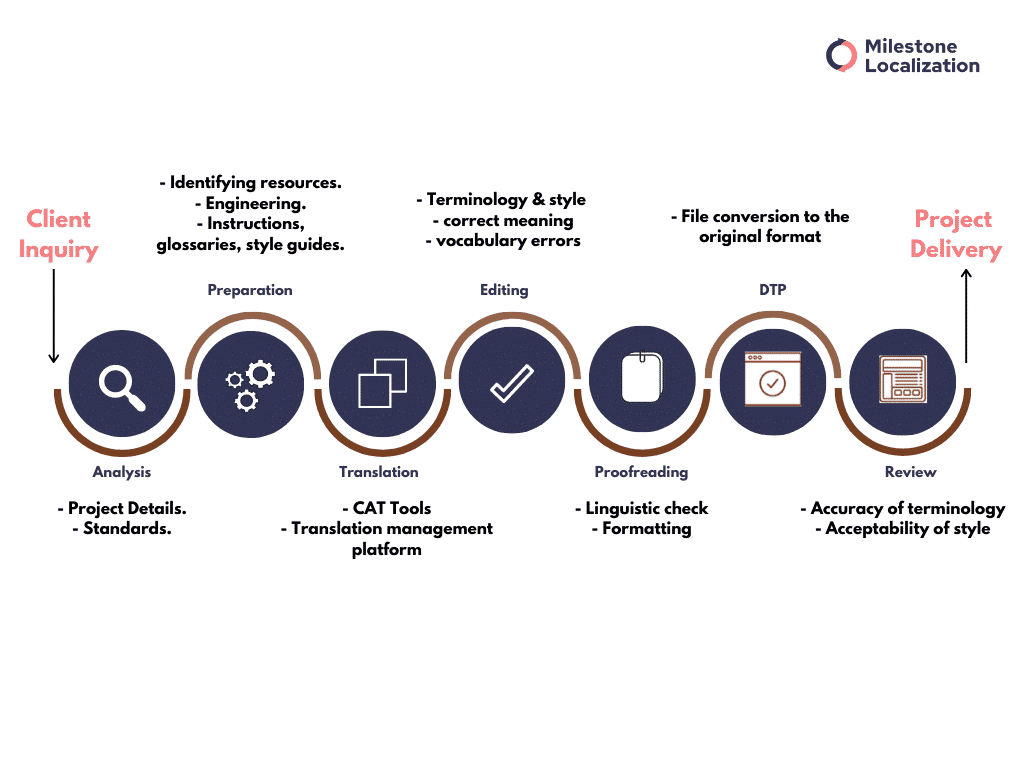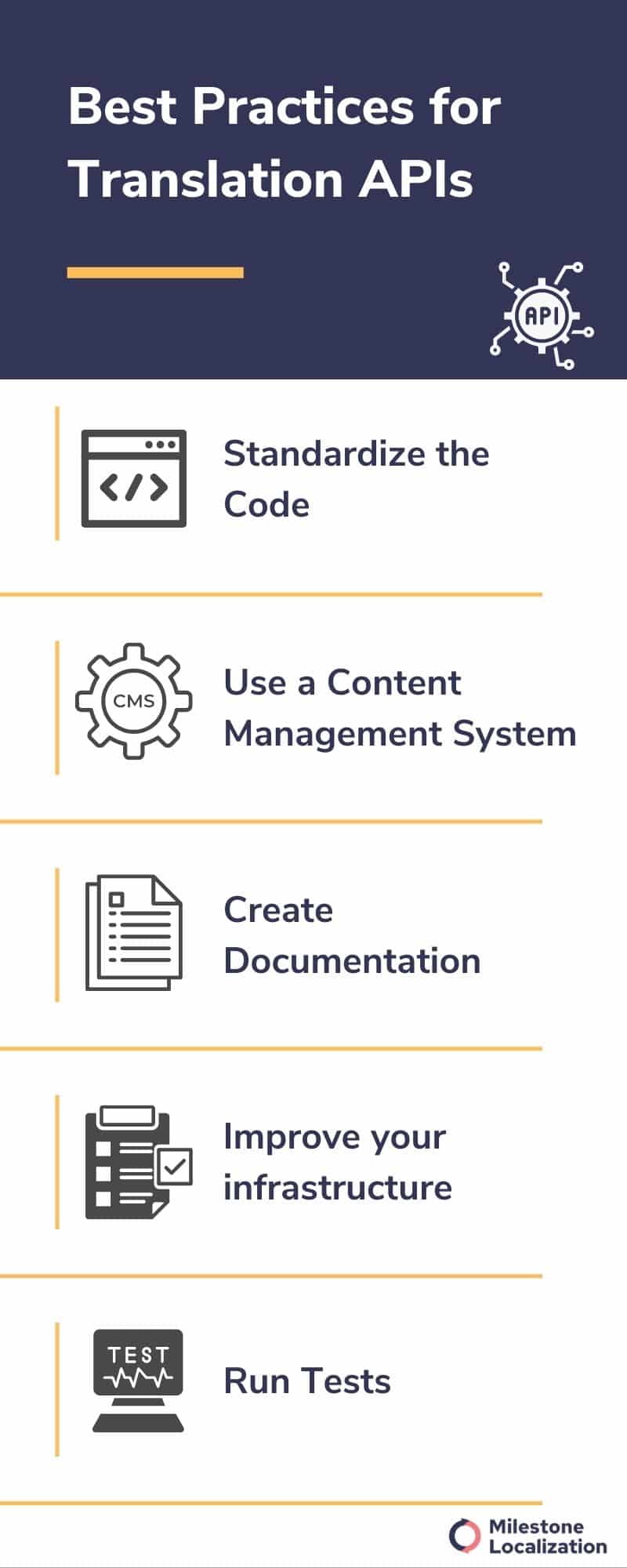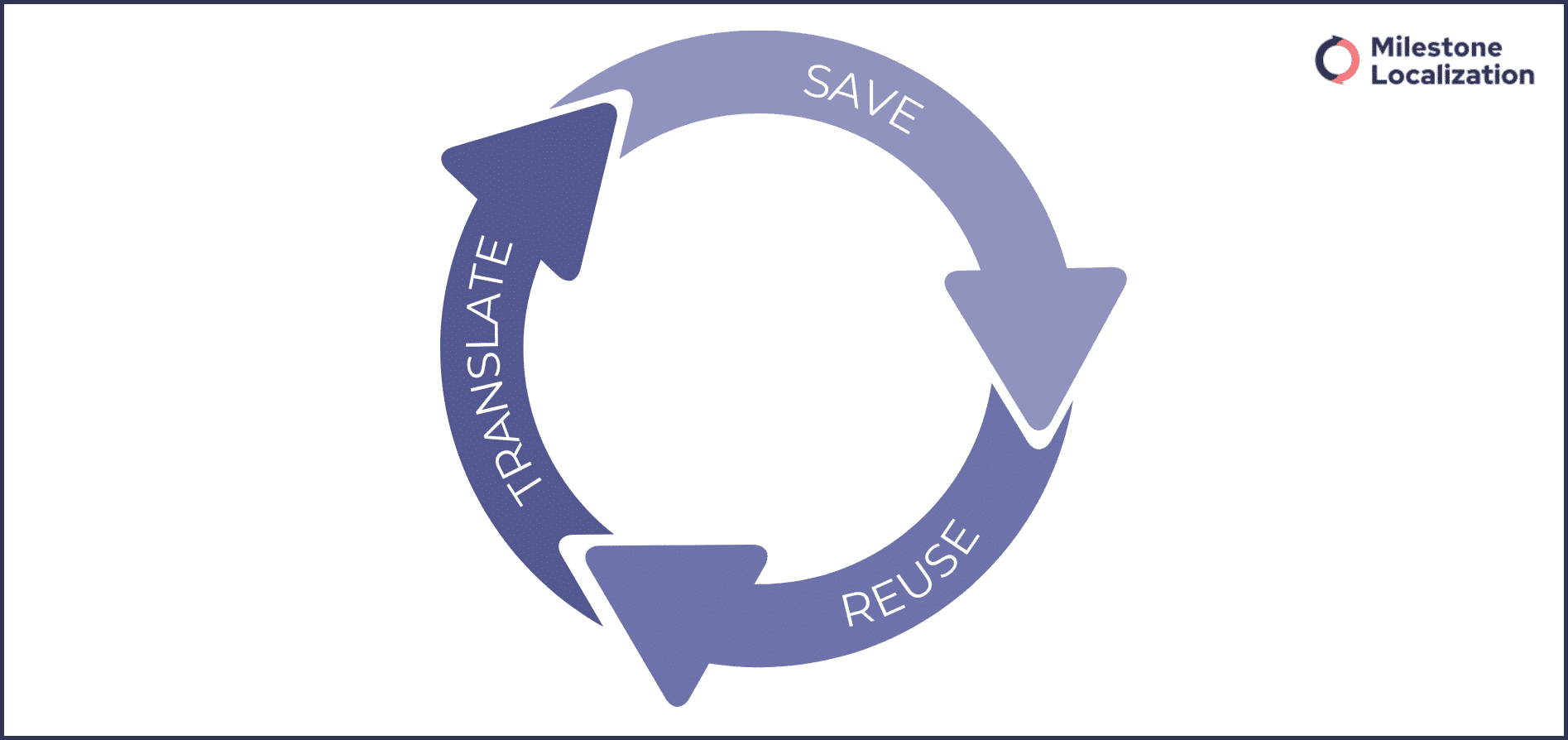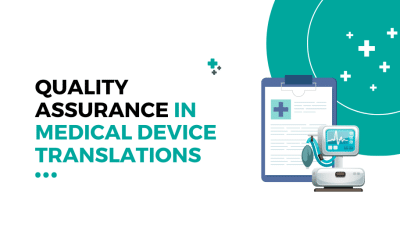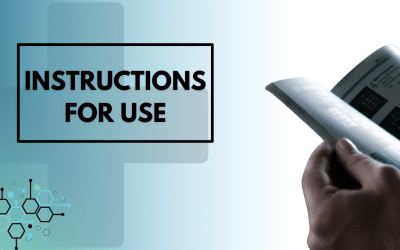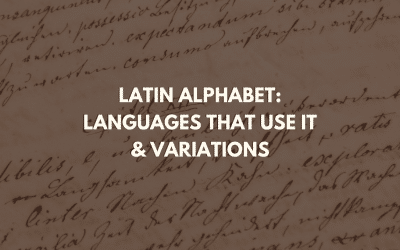Translation APIs and connectors are tools that can help you connect all your content platforms to ensure a smooth and more efficient localization workflow.
If you have multilingual websites or/ and applications that are constantly updated with new content, you probably have to deal with different platforms, such as cloud services, content management systems, translation management systems, etc.
Working with multilingual content across different platforms can be confusing and inefficient. This is why you need a more strategic approach that can help you not only connect all platforms that you use but also automate and streamline the localization process so that you can stay on top of your game in today’s competitive global market.
Translation APIs and connectors are the perfect solutions for your multilingual projects.
Also read: Best Practices for Building a Multilingual Website
When utilized rightfully, translation APIs and connectors can help you automate the workflow of any continuous translation and localization project, linking all your resources.
If you want to learn more about these tools, keep reading! In this blog, you will find the most common questions regarding APIs and some tips on how to implement them in your projects.
Grow Your Business Across Borders With Continuous Localization
Milestone can help you set up, streamline, and automate your translation & localization needs with continuous localization.
What are APIs and how do they work?
API stands for Application Programming Interface, which is a software that connects two (or more) applications. For example, each time you use an instant message app or check the weather forecast on your phone, you are using APIs. These APIs connect the app you are using with another website/ database that provides information about the weather forecast.
In other words, an API enables you to deliver your request to the provider, and then the API returns the response to you.
What’s more, APIs allow for abstraction, which, in turn, enables speed and flexibility. This means that APIs contain functionalities that can be reused for different purposes. In this way, a developer does not need to create code from scratch for every app. Instead, they can use the functionalities that are defined in an API and implement them for various purposes.
Also read: Emerging Trends in Translation Technology
Overall, by reusing already created functionalities, developers reduce repetitive and complex processes, which, in turn, dramatically speeds up the development process.
Connectors, on the other hand, can help you eliminate repetitive, tedious copy-paste or import-export operations. They can also contribute to a smooth translation and publishing process, which can save you time and costs without having to compromise on quality and productivity.
Translation connectors are the ideal tool for large amounts of files and content that are regularly updated since they are very flexible and can be adapted as the size of your project grows.
Both translation APIs and connectors are ideal tools for companies that provide multilingual content constantly and utilize several platforms simultaneously. These tools can allow you to connect all kinds of resources (e.g., glossaries, style guides, dictionaries, machine translation, etc.) to translate and publish your multilingual content as fast as possible.
To appreciate the full scope of what’s possible, check out the most prominent APIs. You’ll see that translation-focused examples are just the beginning. The possibilities are almost endless, as are the opportunities to improve the efficiency with which apps and services are developed while delivering impressive features of all types.
Indeed it could be argued that we’re entering the age of the API. This means that the more you get to grips with their potential today, the better equipped you’ll be to make the most of them tomorrow.
Also read: What is a Translation Style Guide: Free Template + Examples
What are translation APIs and connectors?
A translation API is a software that allows developers to automate the translation process of their products. Translation APIs can be used for both machine and human translation.
Translation APIs for machine translation (MT) allow for quick and easy translation without having to store or manage any translation data. The API translates a text from one language into another via an MT engine (e.g., Google Translate) or a human translator.
Also read: Machine Translation and Post Editing: Everything you need to know
When it comes to human translation, a translation API ensures that all the files are sent to the translation management system where the respective linguist works on them. Then, when the translator is ready with the translation, all the files are imported into your website and app.
In a nutshell, APIs work as connectors between a translation management system (TMS) and the content repository or the content database. Indeed, this “connection” allows for a faster, more efficient translation process, regardless if it is performed by a human translation or an automated translation engine.
Benefits of using translation APIs
Translation APIs can be greatly beneficial in many aspects. Here are some:
Faster GTM. Google Tag Manager (GTM) is a free tag management system that allows you to manage and reuse marketing tags, such as tracking pixels or snippets of code on your app or website without having to change the code.
Also read: Professional document translation service.
In your API, you have all your tags stored under different categories, and you can access them fast and easily. This, in turn, can help you deal much more efficiently with GTM.
Smooth flow: Translation APIs are the best way to create an efficient, straightforward workflow. This will inevitably increase the overall productivity of everyone working on the project.
Simple and efficient content flow: It’s simple – a new project comes in, and the system automatically sends the files to the people who are responsible for each part of the translation/ localization process. Also, the system can choose the most suitable linguists for each project based on their prior success scores. Eventually, the translated content is automatically published on your website and app.
Fully automated processes: A translation API can eliminate the need for you to constantly check if there is any new content on your website or app, which needs to be translated. Instead, you can have the API send bots to your website and look for any changes. If the bots detect new content, they will automatically submit it for translation into all your desired target languages.
Clear overview: Translation APIs allow you to have a clear overview of the whole translation project, regardless of its size. You can easily monitor the source and target materials for any updates, recently uploaded or downloaded files, or assigned tasks.
Less communication is required: A translation API allows for a fully automated process. An API checks for new content, creates and submits the translation project, and follows the development of each task until it’s completed. As a result, there is minimal interpersonal communication involved in the overall project management process. This, in turn, reduces the risk of misunderstanding or errors significantly.
More effective project management process: Having most of the project management process automated means that the project managers themselves can focus their efforts on where they are needed the most. In case there are delays or unexpected issues occur, the project manager can directly intervene and deal with the problem, without having to worry about incoming projects or sending out files to translators.
No errors or omissions: Having a fully automated process means that the risk of errors or omissions is reduced to a minimum. When a new project is submitted, the system automatically sends out each file to the respective professionals who have to deal with it. As a result, it is highly unlikely for any errors or omissions to occur.
What kind of content can you use APIs for?
When it comes to content that can be utilized with translation APIs, you should keep a few things in mind.
Most importantly, you should have the content stored online in a content management system (CMS). APIs can work with code repositories (such as Github and Bitbucket), Google docs/sheets, or cloud services, such as Dropbox or Google Drive. In this way, the API can have access to all the content around the clock.
Since APIs can be used for both MT and human translation, they are suitable for all kinds of materials – from more simple texts, such as manuals, to more complex content from the eCommerce, travel, retail and automotive sectors.
Translation APIs and connectors won’t work for non-editable content, such as scanned documents or images as they can’t easily read the content or send back the translations to the source. APIs won’t work for offline documents or any content stored in systems that don’t allow connectors.
When should you use a translation API?
Setting up translation APIs can be very time-consuming. What’s more, once you have set them up, you have to constantly manage them. This is why translation APIs are set up only when:
- Content is regularly updated and requires continuous localization;
- There is a lot of content that can’t be manually updated every time or is too time-consuming.
These two points are most relevant to websites, apps, and software.
Indeed, that’s why a translation API is most beneficial for translation projects for apps, software, and websites.
Generally, you should store the content online so that it can be easily accessible anywhere, anytime.
What’s more, you have to make sure that you regularly update your content. Otherwise, there is no point in setting up an API and manually uploading content can be done instead.
Also read: Pros & Cons of Using Google Translate for Business
Grow Your Business Across Borders With Continuous Localization
Milestone can help you set up, streamline, and automate your translation & localization needs with continuous localization.
Best practices for translation APIs
Before you go on and create an API for your products, you need to make sure that you have created a well-mapped, centralized ecosystem. Indeed, preparing your website or app is essential to ensure that the translation API will run smoothly.
Here are some best practices you can implement:
Standardize the code: Make sure that all structured text and variables are treated the same across the board. Performing a code audit can ensure that your code structure is well-organized so that you can have an error-free API implementation.
Use a CMS: Content management systems (CMS) are a great solution when you work with translation APIs, especially if you opt for commonly used ones. Since translation APIs already exist for the most popular CMS, it is easy and cheap to set up such a tool. Of course, there are little tricks that can help you along the way. Indeed, you are at the right place because we have some best practices that can boost your multilingual SEO strategy.
We have ready-to-use connectors for WordPress, Drupal, Bitbucket, Magento, Github, Zendesk, Figma, Google Docs, and many more platforms. We can set up an integration with our TMS in a matter of days and start automatically translating your project.
Create documentation: Creating documentation for everything you do with your content and code can be incredibly beneficial. This includes Translation Memories (TM), glossaries, and style guides for content. Creating documentation of your code, connectors, and workflow makes it easy for localization engineers and managers to operate your integration.
Also read: Translation Memory: A Powerful Tool for Localization
Improve your infrastructure: Create detailed directories to ensure that your API will have a clear path to follow when completing the various tasks.
Run tests: If you have never worked with APIs before, it is advisable to do some tests before you get down to work. You can write some test cases in XML or JSON and implement them. In this way, you can see if any bugs occur and prepare in advance for any potential issues.
What’s more, to ensure that your APIs are running smoothly, doing regular tests should be a priority.
Who sets up and manages the API?
Setting up and managing a translation API is a complex process and thus, should be performed by experts. That way, if you want to create a translation API for your products, you should contact a localization engineering team or a language service provider (LSP) who can do it for you.
When looking for the most suitable company to set up an API for your projects, you should make sure that you work with professionals. If your API lacks the right foundation, it won’t operate smoothly. This can result in delays, omissions, and unexpected additional costs when you try to fix the problems.
Therefore, it is crucial to look for a company that not only has the expertise to set up translation API correctly but can help you improve it and reap all the benefits of this tool.
Milestone Localization might be the perfect partner for you. Via APIs and connectors, you can link any kind of resource that can aid the translation and localization project. Milestone Localization can set up API connectors for you with over 100 platforms for continuous translation and localization.
Also read: Top 10 Translation Companies in India
In conclusion
Implementing a translation API for your app or website can be greatly beneficial, increasing the overall productivity and efficiency of the whole workflow while providing you with high-quality translations.
However, to enjoy these benefits, you have to find the right provider who can set up and manage the API for you. In addition, you have to make sure that your product’s code is impeccable for the API to run smoothly. Indeed, translation APIs are an investment that brings about many benefits in the long run, such as more efficient workflow, increased productivity, and fewer errors.
Grow Your Business Across Borders With Continuous Localization
Milestone can help you set up, streamline, and automate your translation & localization needs with continuous localization.

